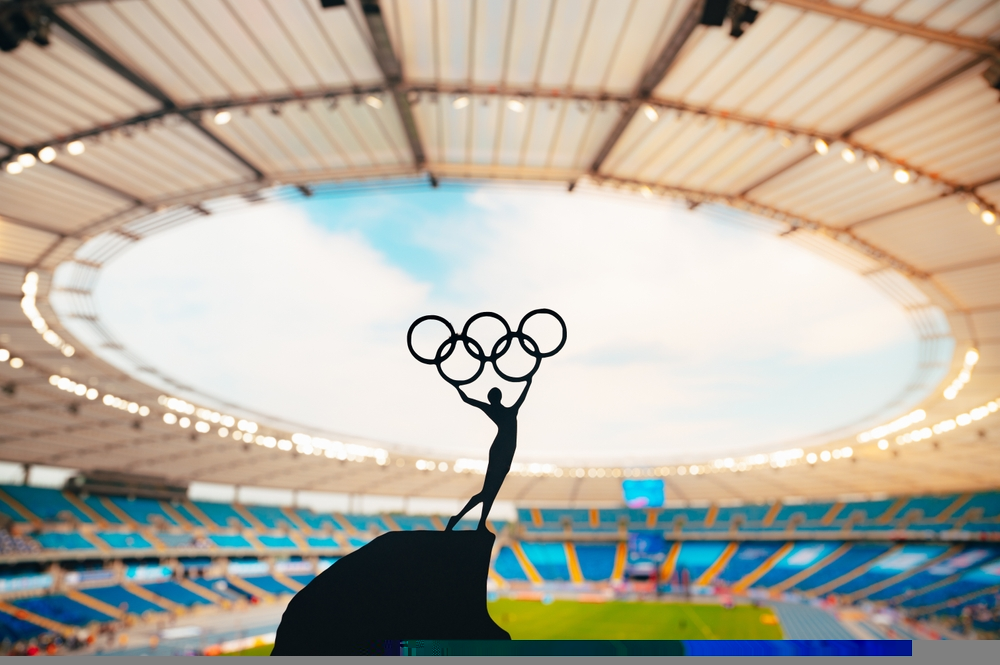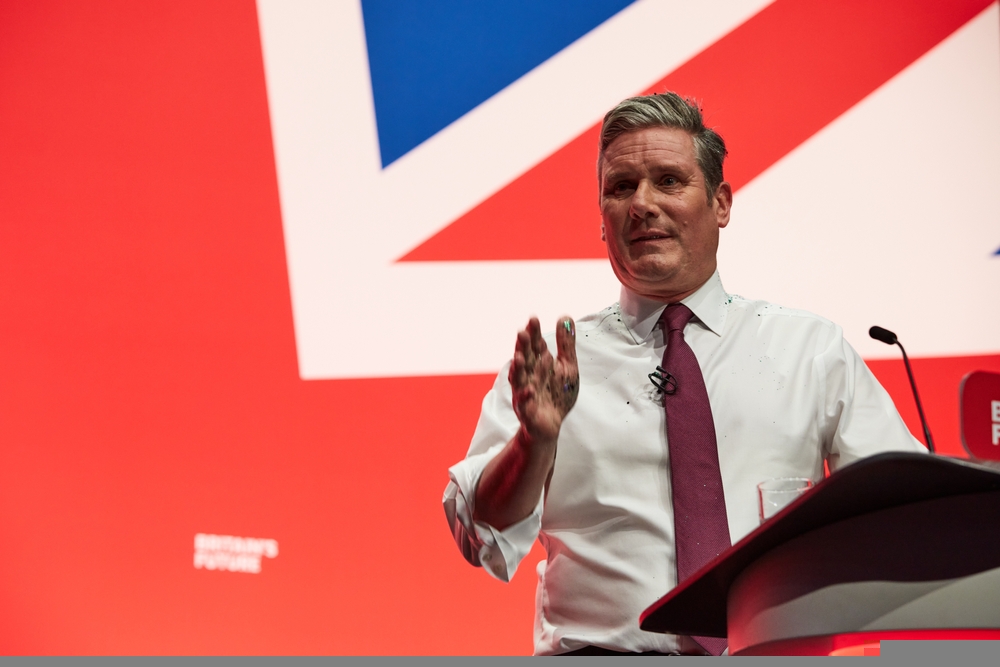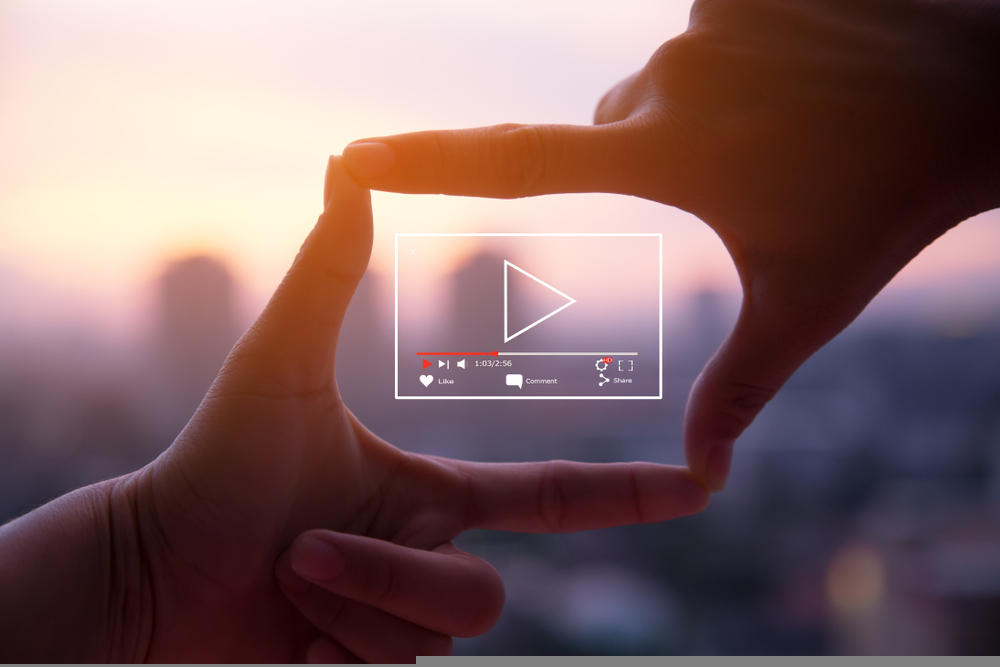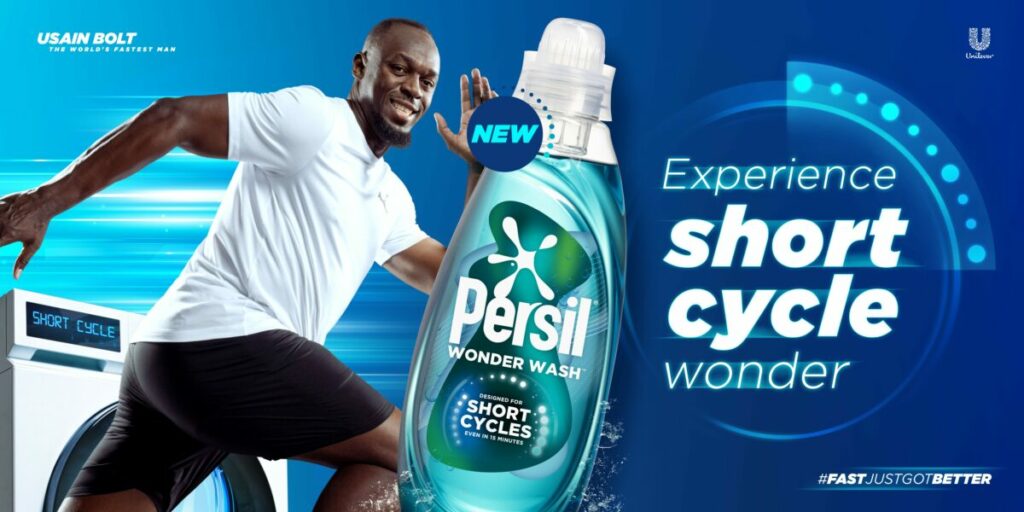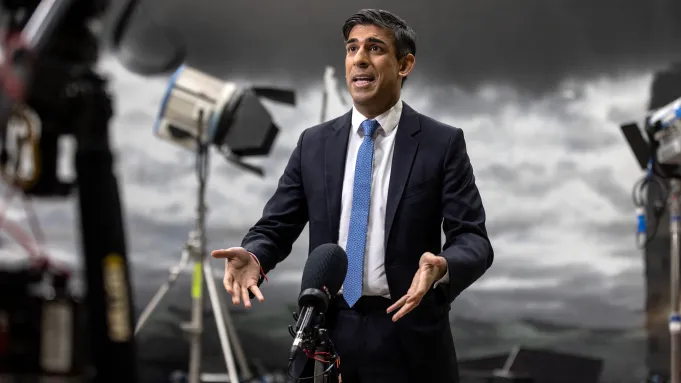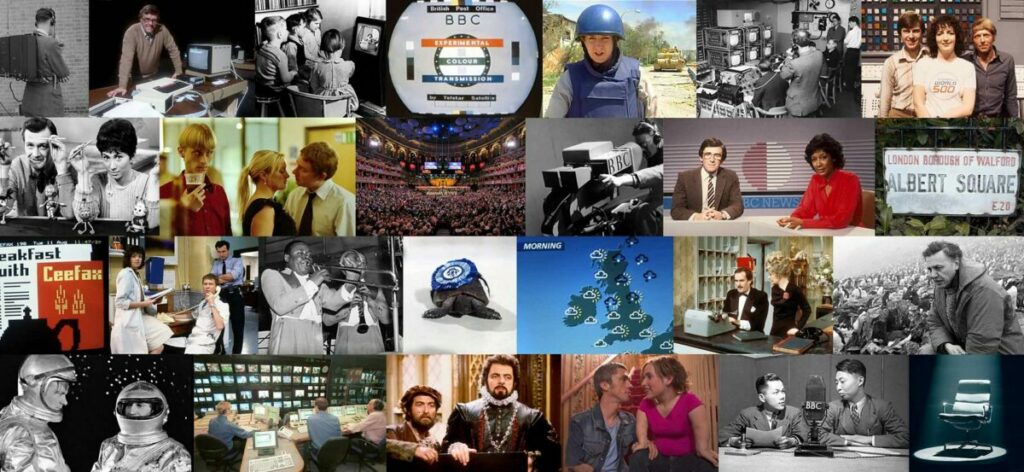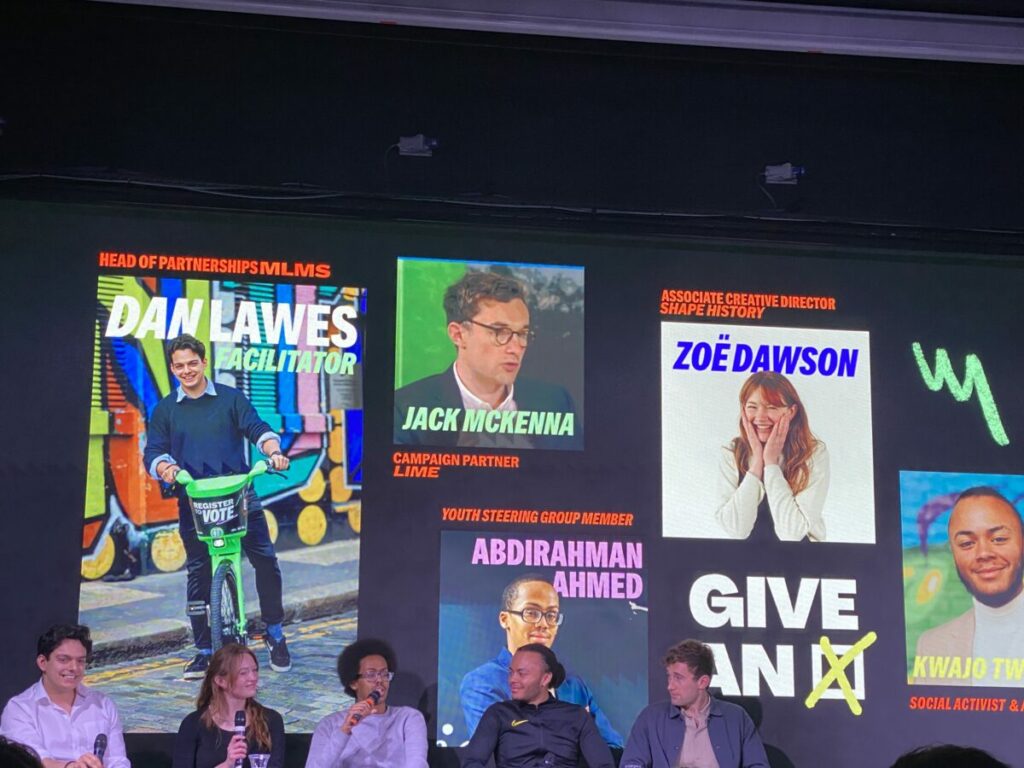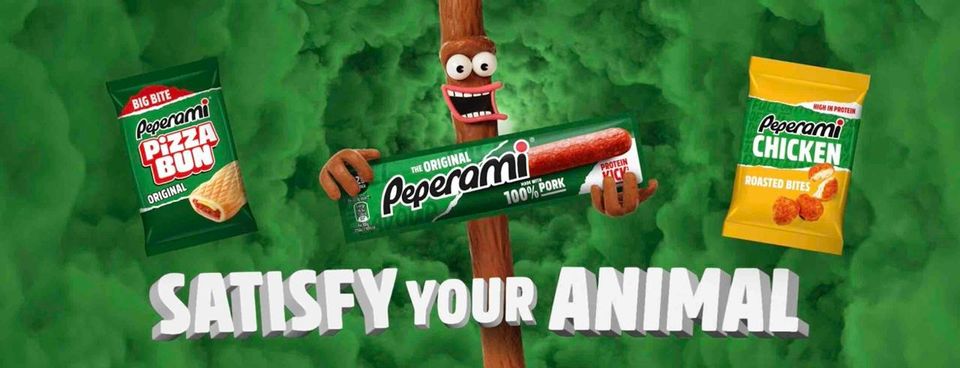An instantly-recognisable logo is the Holy Grail for any consumer-facing brand – isn’t it? How much importance do logos really have within branding? And if they are as important as we think, why do companies re-brand their logos so often?
Marketing Beat spoke to established logo designer Karl McCarthy to uncover the relevance of logos within the advertising industry and to find out what effect they have on the end consumer.
With over 10 years of experience in design and print, McCarthy specialises in logo design and branding, offering quality design for businesses of all sizes.
How did you get into logo design?
“I have been designing logos for close to 15 years now, but it has only been in the past few years have I taken it seriously and made it my career. In my first and only ‘real’ job I spent a decade working as a sign-maker which introduced me to the world of branding and the effect it has on the world.
“I am extremely passionate about designing logos for individuals and creative brands such as clothing labels, YouTubers and public figures. I recently finished a branding project for a very popular YouTube channel ‘RateMyTakeaway’ which is a great example of who I create for.”
READ MORE: Top 10 most complained-about TV ads in the UK
What value do you place on logo rebrands? Why do brands opt to redesign rather than keeping their current, highly-recognisable logos?
“More often than not it’s to remain relevant and fresh. Other times it could be down to competition or to change a brand’s perception. Maybe the brand has changed its core brand values and wants its logo to reflect that. It could be that the brand’s target audience has shifted and they now want their logo to attract their new potential customers.
“We also see brands simplify their logo down while remaining recognisable. This can be seen with the Warner Bros logo and most car manufacturers too. This is a great way to maintain a fresh look for the brand, attracting newer generations of people and remaining versatile in a constantly changing world.”
How much importance do logos have when it comes to consumer choice?
“The logo is usually the first thing we think of when we picture a brand and is often the first thing we see when a brand is selling something to us; the power of a logo is huge! A logo has the power to make or break a deal and a well-designed logo that is perfectly aimed at the target audience is a crucial element when it comes to selling a product or service.
“Poorly-designed logos run the risk of looking unprofessional and thus losing consumer trust because the consumer simply isn’t connecting with the brand. This could be down to colour use, logo placement, logo imagery or perhaps the logo simply isn’t instantly visible or present at all.
“Nine out of ten people would pick a branded Nike trainer over an identical unbranded one as they feel familiar with the brand and trust it creates great shoes. That’s the power a logo has to influence a buyer.”
READ MORE: Zurich Insurance to scrap historic logo over ‘Zwastika’ fears
What aspects of logos are customers drawn to most?
“There are a number of ways that logos attract people and to name a few there would be the use of type, size, icon/logomark but more importantly the use of colour.
“Colour choice plays a massive role in the art of attracting customers and it’s an element that should be taken very seriously. The use of colour depends on the industry and who the target audience is. For example, we see the use of blue with banks and law firms. This is because we associate blue with being trusting, strong and authoritative.
“Although we may not be aware all of the time, colour use in logos has a great impact on how we think and react as consumers. Huge companies use this powerful tool to draw people in and influence the customers’ brand experience in a psychological way.
What makes a powerful and memorable logo?
When it comes to creating a strong and unforgettable logo the key thing to keep in mind is to make sure it is as simple as it possibly can be. A simple logo has more chance of sticking in our minds than a logo that has a lot of colours featured or too many distracting elements involved. The best logos are the ones we can draw from memory, the ones that are burned into our brain due to their simple and straightforward nature.
“If you look at the biggest brands in the world like Apple, FedEx, Nike or McDonald’s you will see they all opt for very simple marks as it increases the chance of the consumer remembering the brand and thus creating familiarity.”
READ MORE: Baskin-Robbins rebrands itself with ‘Seize the Yay’ campaign
As seen with Toblerone and FedEx, logos often hide small details in plain sight that often go unnoticed. When consumers spot the hidden features, it changes the way they look at the logo for good. Do you think this is a powerful tool?
“Brands that use logos with hidden elements such as the famous FedEx logo with the negative space arrow inside the ‘Ex’ double their chances of being remembered. Using hidden details in logos like this are an amazing tool as they capture audiences and spark their curiosity. It prompts the consumer to interact with the brand and demands attention.
“Companies may also use this tool in their logos to sneak in aspects of their heritage or perhaps a product they may want to sell. Baskin Robbins very cleverly hid the number 31 in its logo, the number of ice cream flavours they offer. Amazon’s icon is another clever brand emblem that on the surface may just look like a smiling mouth resting below their name but after further inspection viewers can spot an arrow pointing from the ‘a’ to ‘z’, referencing the amount of products they sell.
“It’s about creating that ‘aha!’ moment with these kinds of logos and to hold the consumers’ attention long enough to ensure they are memorable.”
When and how do brands get logo redesign wrong?
“There is so much that could go wrong when brands go through a redesign of their logo, especially massive corporations that have tons of brand equity built up over many years.
“Brands often get this wrong because of a lack of research. During a re-brand, companies can sometimes be so focused on the planning of the design and the ways to promote it, that they skip the important stages like market research and focus groups.
“Overlooking these important stages means that companies will not have a clear image of the current target market and thus will not understand the current brand perception at that specific time.
“We saw this with the ‘GAP’ logo redesign in 2010. The clothing company’s redesign resulted in a significant amount of backlash from a loyal customer base who had been familiar with the original GAP logo for years.
“For me, the re-brand felt disconnected from its customers and for that reason it cost the company millions in lost sales, not to mention the actual cost of the logo redesign itself. The company was forced to take action and revert back to the original design. As the old saying goes; if it ain’t broke, don’t fix it.”
Karl’s creative work can be found here.
Click here to sign up to Marketing Beat’s free daily email newsletter



